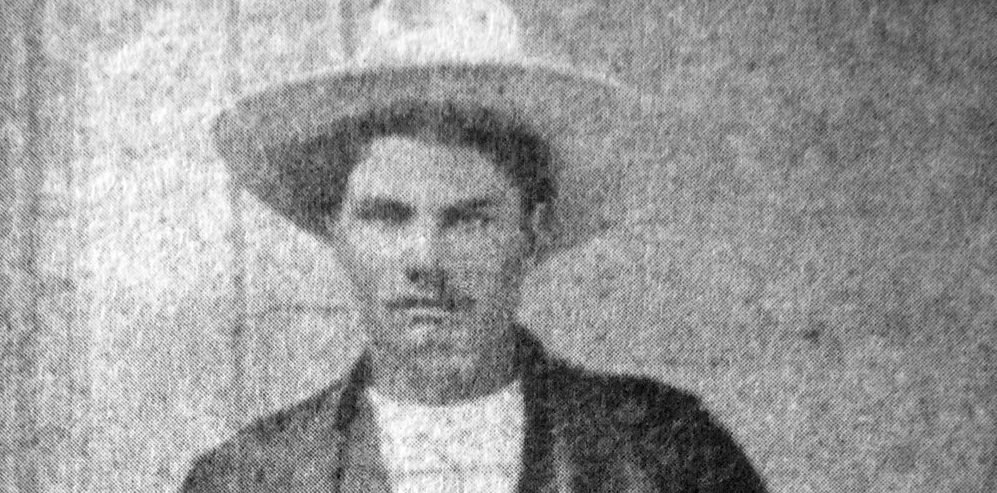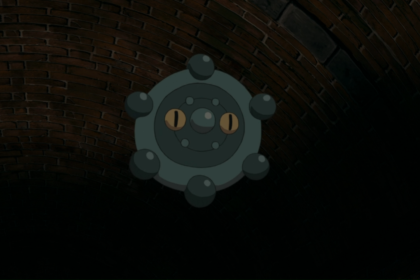John Wesley Hardin was an American Old West outlaw, gunfighter, and controversial folk icon. The son of a Methodist preacher, Hardin got into trouble with the law from an early age. Take a look below for 30 more interesting and bizarre facts about John Wesley Hardin.
1. Hardin killed his first man at the age of 14, he claimed it was self-defense.
2. Pursued by lawman for most of his life, he was sentenced in 1877 at age 24 to 25 years in prison for murder.
3. When he was sentenced, Hardin claimed to have killed 42 men, but contemporary newspaper accounts attributed only 27 deaths to him.
4. While in prison, Hardin studied law and wrote an autobiography.
5. He was well known for wildly exaggerating or completely making up stories about his life.
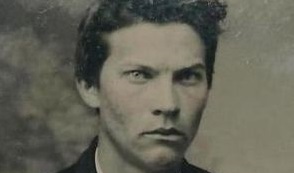
6. He claimed credit for many murders that can’t be corroborated.
7. Within a year of his release in 1894, Hardin was killed by John Selman in an El Paso saloon.
8. His father, James G. Hardin, was a Methodist preacher, lawyer, schoolteacher and circuit rider.
9. His mother was Elizabeth Hardin.
10. At age 14, he stabbed a schoolmate. At age 15, he shot a black man to death in Polk County. While fleeing from the law following that murder, he killed at least one, and possibly four Union soldiers who were attempting to capture him.
11. As a cowboy on the Chisolm Trail in 1871, Hardin killed seven people.
12. He killed three more upon arriving in Abilene, Kansas. Back in Texas, following a run-in with the State Police back in Gonzales County, Hardin got married, settled down and had three kids.
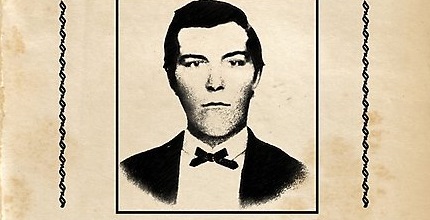
13. Soon after, he resumed his murder spree, killing 4 more times before surrendering to the Cherokee County sheriff in September, 1872. However, he broke out of jail after a couple of weeks.
14. Hardin next killed Jack Helm, a former State Police captain, who led the fight against the anti-Reconstructionist forces of Jim Taylor in the Sutton-Taylor Feud.
15. Hardin had become a supporter of Taylor’s from 1873 to 1874.
16. In May, 1874, Hardin killed a deputy sheriff in Brown County while visiting the town of Comanche. Fleeing to Florida with his family, Hardin was captured by Texas Rangers in Pensacola on July 23, 1877.
17. During the fight, he killed at least one, and perhaps as many as five more victims.
18. On September 28, 1878, Hardin was sentenced to 25 years for the Brown County deputy’s murder. However, he was pardoned on March 16, 1894.
19. Having studied law while in prison, Hardin was admitted to the Texas bar soon after his release.
20. In 1895, Hardin went to El Paso to testify to the defense in a murder trial. Following the trial, he stayed and established a law practice.
21. Just when he seemed to finally be going straight, Hardin began an affair with one of his married female clients.
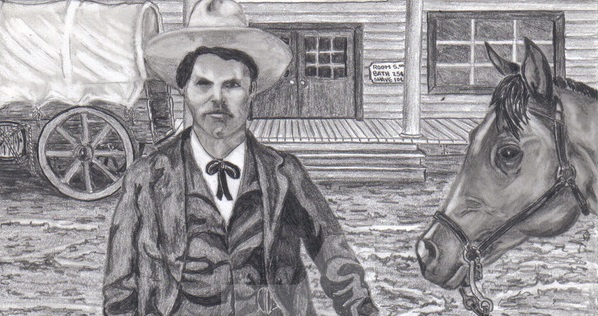
22. Her husband found out about the affair and Hardin hired some law officials to kill him. However, one of the hired gunmen, Constable John Selman, shot Hardin instead.
23. Legend has it that his last words were, “Four sixes to beat, Henry.”
24. When killed, Hardin was shooting dice with local furniture dealer Henry Brown at the Acme Saloon in El Paso.
25. A century later, on August 27, 1995, there was a confrontation between two groups at the site of Hardin’s grave. One group, representing several of Hardin’s great-grandchildren, sought to relocate his body to Nixon, Texas, to be interred next to the grave of his first wife, Jane.
26. The other group, consisting of locals from El Paso, sought to prevent the move.
27. At the cemetery, the group representing Hardin’s descendants presented a disinterment permit for the body, while the El Pasoans presented a court order prohibiting its removal.
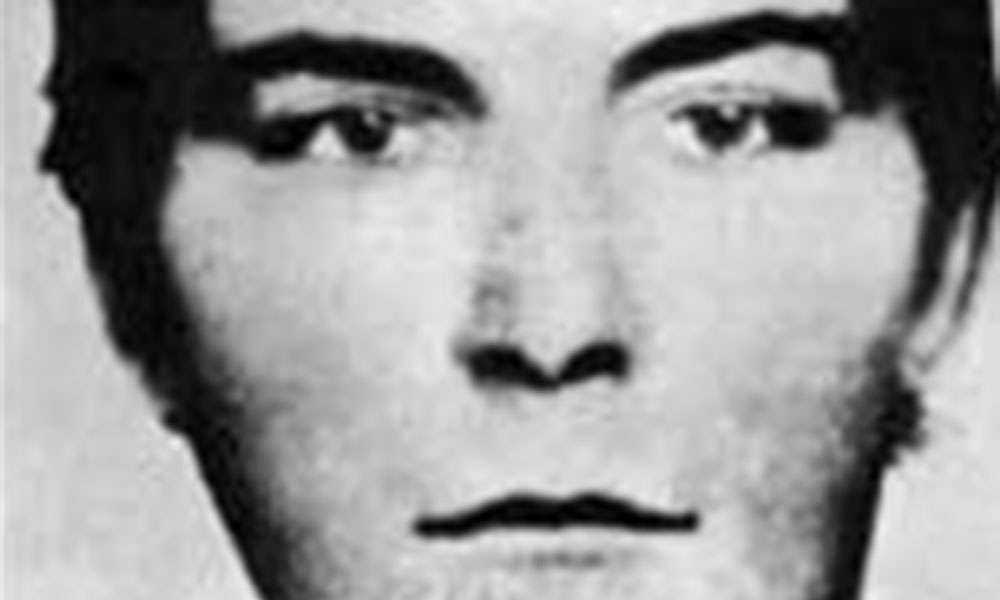
28. Both sides accused the other parties of seeking the tourist revenue generated by the location of the body. A subsequent lawsuit ruled in favor of keeping the body in El Paso.
29. In January, 1870, Hardin claimed that he killed a circus hand at Horn Hill, Texas. A contemporary newspaper account did report a fight in Union Hill, Texas, between circus “canvasmen” and “roughs” who tried to get in without paying, although the outcome didn’t conclude the way Hardin claimed it did.
30. Hardin claimed that following his January, 1871, escape from Stakes and Smalley, he killed a Mr. Smith, a Mr. Jones, and a Mr. Davis in Bell County, Texas. However, no contemporary newspaper accounts from Bell County confirm these additional killings.

